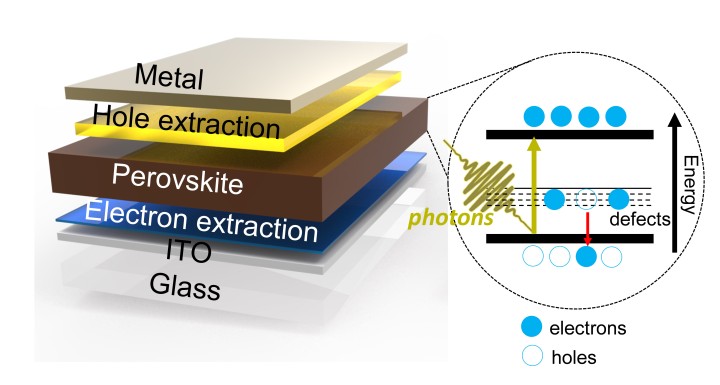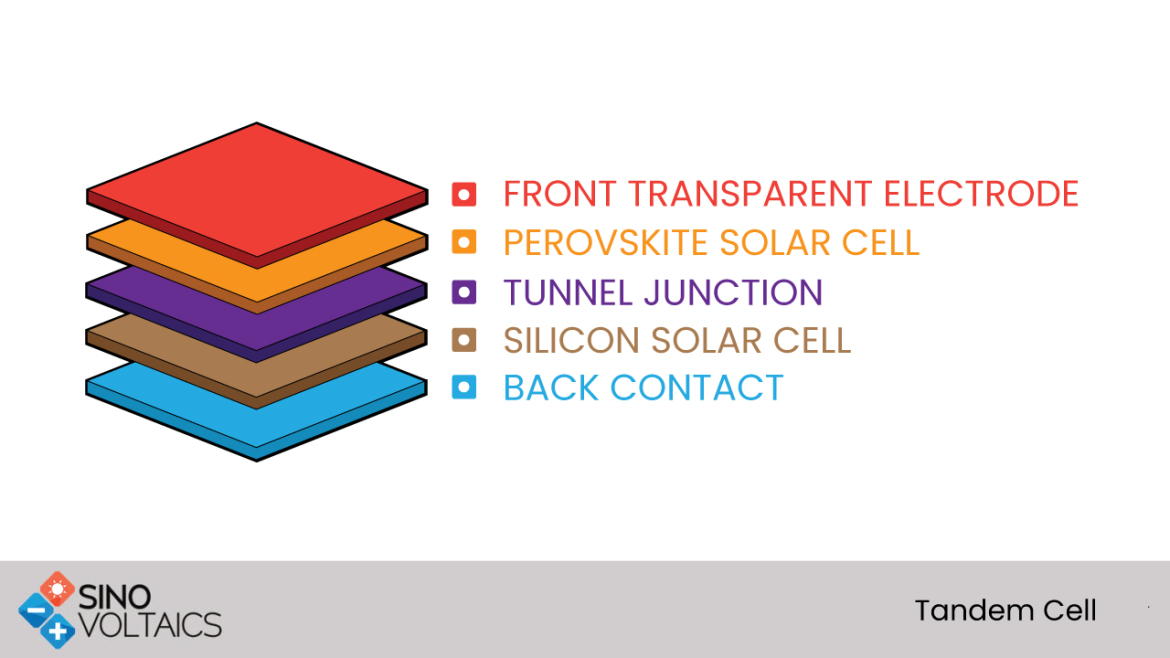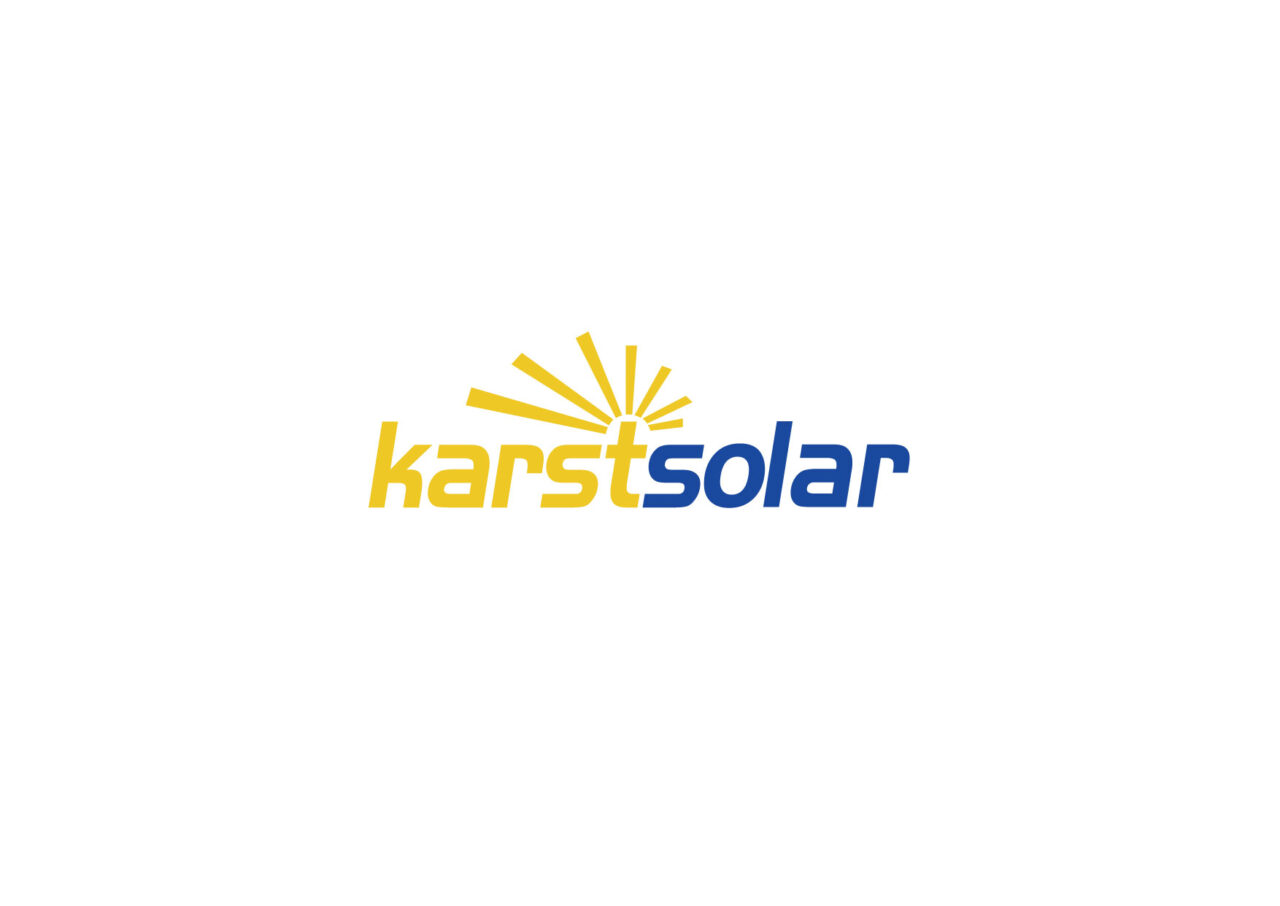In recent years, significant strides have been made in solar cell technology, particularly focusing on enhancing efficiency and reducing costs. These advancements represent a promising shift towards more sustainable energy solutions.


TOPCon Technology:
TOPCon (Tunnel Oxide Passivated Contact) is an advanced crystalline silicon solar cell structure that improves efficiency by incorporating ultra-thin layers of silicon oxide and doped amorphous silicon on the rear side. It shows potential to surpass PERC technology due to its higher efficiency capabilities.
Perovskite Solar Cells:
Perovskite solar cells have gained attention for their high energy conversion efficiency, low cost, and flexibility. Researchers at Tsinghua University have achieved a world record efficiency of 26.41% by developing new hole transport materials combined with vacuum-deposited perovskite films. Additionally, breakthroughs in all-perovskite tandem solar cells have been reported by teams led by Ke Weijun and Fang Guojia.


Tandem Solar Cells:
Tandem solar cells consist of two cells with different bandgap absorbers, allowing them to absorb a wider range of wavelengths and reduce photon thermalization losses. LONGi Green Energy Technology, in collaboration with Professor Gao Pingqi from Sun Yat-sen University, reported a conversion efficiency as high as 26.81% for crystalline silicon heterojunction (HJT) solar cells. Moreover, LONGi has achieved a world record efficiency of 30.1% for commercial-size cells in the crystalline silicon-perovskite tandem solar cell field.
HJT (Heterojunction) Technology:
HJT technology significantly improves photovoltaic conversion efficiency by depositing a layer of amorphous silicon on the surface of crystalline silicon. Huasheng New Energy has applied advanced texturing processes and the latest HJT 3.0 double-sided microcrystalline technology to achieve efficient and cost-effective module production.

Other Emerging Solar Cells: Ongoing research and development focus on inorganic thin-film solar cells, dye-sensitized solar cells, and quantum dot sensitized solar cells, among others, promising further advancements in solar technology.
In conclusion, the trajectory of solar cell technology is clearly aimed at enhancing efficiency, reducing costs, and exploring new materials and techniques. With continuous technological advancements, the future of solar cells appears brighter than ever, offering vast opportunities for sustainable energy solutions worldwide.

ENERGIZING YOUR LIFE
Karstsolar, based in Shenzhen, is a company dedicated to solar panel production and international trade. Founded in 2009, Karstsolar boasts extensive experience in solar technology and a remarkable track record in global market expansion. We take pride in delivering efficient and reliable solar solutions to clients worldwide.
